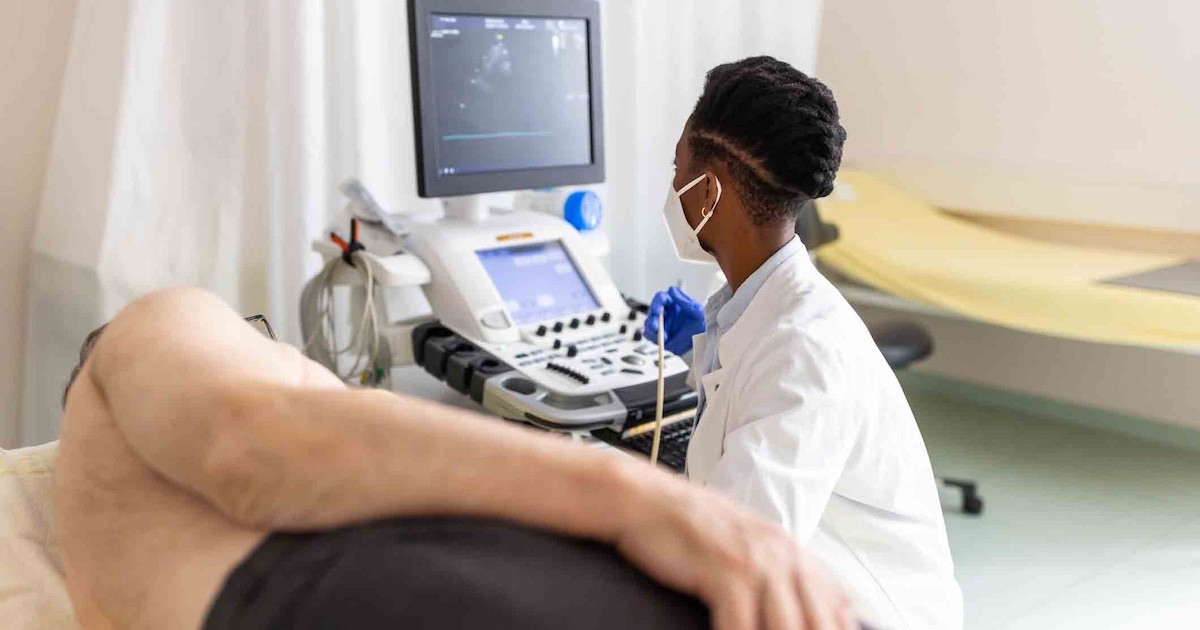There’s little question that much work remains to actively engage patients in their own health, but thanks in part to federal initiatives, examples of successful engagement are starting to show up.
While Stage 2 of meaningful use requires at least 5 percent of a given provider's patients to be engaged in their own care either through an online portal or an electronic personal health record, a distinct Medicare policy in place since 2011 that penalizes hospitals for certain preventable readmissions offers significant financial incentives for keeping those people engaged enough to stay out of the hospital.
Opportunities to achieve better patient outcomes and save money are undeniable. The Robert Wood Johnson Foundation, in fact, has reported that patients not engaged in their own care can cost 21 percent more than "highly engaged" patients.
Medicare trials
Elder Services of Merrimack Valley in Lawrence, Mass., recently undertook a six-month run of engagement among recently discharged Medicare patients. The trial, involving health coaches armed with a mobile app to assess readmission risks, saved the center $109 per patient per month and cut 30-day readmissions by 39.6 percent among high-risk patients.
"During each encounter, the coach uses a tablet-based application that provides suggested questions written in lay language based on the patient's diagnoses, treatment and risk profile," the study, released in July by the federal Agency for Healthcare Research and Quality, said.
[mHealth masters Q&A: Wireless-Life Sciences Alliance CEO Rob McCray.]
"If the answers indicate a decline in health status, the system sends a real-time alert to a nurse care coordinator who uses a different part of the system to help the patient and coach address the issue within 24 hours."
On July 1, Greenwich Hospital, which is part of Yale-New Haven Health System in Connecticut, turned on a secure messaging system at its ambulatory surgery center to keep family members updated during surgical procedures.
"The single most important thing to our patients in that venue is information," says Christine Beechner, the hospital's vice president of patient and guest relations.
Most ambulatory surgery patients have a preoperative telephone call to prepare them for the procedure, according to Beechner. At that point, the hospital offers the option of using FamilyTouch, an app from Avation Health in Concord, Mass. The app, free to patients and available in English or Spanish, provides designated family members with a series of timely messages.
Following a welcome message, the first text is sent as soon as the patient arrives in the holding room. As the surgical team is setting up, the circulating nurse on duty prepares a nearby computer to send additional texts at key points in the process.
"The minute after they do the time-out in the OR, they send out a message," Beechner said.
Discharge from the ASC triggers another message asking users to evaluate the system. At that point, they can text back any comments as well.
In the first month and a half, staff sent more than 5,600 text messages to designated recipients. That included 325 patients and 502 total contacts. There had been a phenomenally high 56 percent response rate to the evaluation question, and about one-third of contacts have left text comments about the system, according to Beechner.
After six weeks, mean satisfaction was 4.6 on a scale of 5, she added.
It certainly is not a perfect system, though. For one thing, Beechner does not have data yet showing better health outcomes.
"That's where we're headed," she explained.
Nor does FamilyTouch integrate with the hospital's Epic EHR or portal, so the program does not satisfy the Stage 2 meaningful use requirement. But Beechner hopes that this small step is what encourages patients to use other electronic tools in managing their healthcare.
"Patient engagement is so much more than engaging with the medical record," she says.
Stage 2 challenges
Electronic health records systems are evolving to establish more avenues for providers to engage patients, such as reminding people about preventive care (including routine immunizations and screenings), thereby letting physicians and nurses focus on disease management.
And meaningful use Stage 2 requires at least 5 percent of a given provider's patients to be engaged in their own care, either through an online portal or an electronic personal health record. The threshold seems low, but it's the first time that achieving meaningful use is dependent on patient behavior.
Some healthcare providers are worried about the patient engagement piece of Stage 2, and perhaps there is reason to be.
According to a recent survey from consulting firm Technology Advice, 40 percent of people who had seen a primary care physician within the last year did not even know whether that doctor offered a portal. Only 9 percent said their physicians followed up with them after the visit via a portal, and 48 percent indicated there was no follow-up.
Obviously, payers have long been motivated to rein in costs, but now, with the growth of accountable care and risk-sharing contracts, so are many healthcare providers.
Myriad advantages of automation
The aforementioned AHRQ study determined that adding features to promote population health could help sustain the gains from engaging individual patients — and a July report from Atlanta-based consulting firm Meditology Services expressed a similar thought.
Population health and patient engagement can and should be intertwined as part of a wide-ranging IT strategy, according to Meditology; most notably, well-implemented technology helps clinicians practice more efficiently while also keeping patients informed of their own health status.
"Automate patient reminders for preventive and follow-up care, chronic care reminders, patient visit questionnaires and appointment reminders by integrating EHR functionality, clinical decision support tools, business intelligence, disease registries and predictive analytics capabilities," Meditology recommended in the report.
And save human case managers for outreach to high-risk patients by accessing healthy people with the help of automated systems, suggested Erin Carey, director of health IT consulting at Meditology and former director of health informatics at Kaiser Permanente.
That said, it can be difficult for the average person to know when to get certain health services. For example, Carey said, recommendations for mammograms have changed several times in recent years.
"How,” she asked, “is a patient supposed to keep track of that?"
Related articles:
Q&A: How IBM and Apple expect hospitals to use their mobile platform


